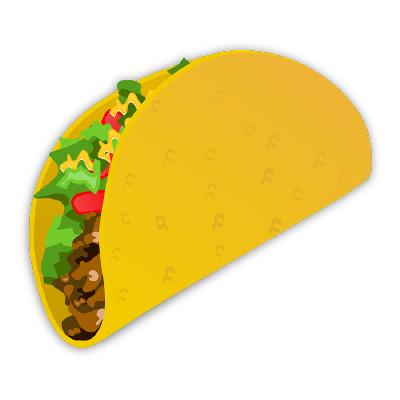Octane Upgrades & Parts
Got some new parts in for the Octane today… an SE+TRAM graphics card with a bonus Personal Video (EVO) board included. I’m not so thrilled about the SE board (I already have one), but the TRAM board is nice because it now allows me to replace the bad TRAM on my MXI and finally get texture mapped 3D working on my Octane.
The Personal Video Option is cool for me mostly because it allows you to plug an o2 camera into an Octane. Now to find an o2 cam…
Also, I kind of splurged and bought two gutted Octanes on eBay after the seller agreed to cut the price. They arrived today as well and they are in the expected condition, so that’s nice. They both have PSUs and frontplanes and skins and that’s about it. One is missing the door, which is a bummer. They are a little scraped up and have some old stickers on them. We’ll see how well they clean up.
One of the salvage Octanes has SGI capital asset stickers on them which is interesting. The other nice bonus is that both machines came fully loaded with drive sleds which are expensive/difficult to locate. One was broken but the other 5 are in perfectly good shape, and have what appear to be original system/option drive labels on them. These machines are probably very early examples, dating from the first half of 1997.
To fill out the empty Octanes, I also grabbed a pair of old-model IP30 CPU boards with RAM and dual CPUs on them. Not really sure which CPUs or how much RAM will actually arrive on them, but I’m going to guess the CPUs are dual 195MHz R10000’s and the RAM will be somewhere around 1GB per board. If for some bizarre reason either of them have better CPUs I’ll migrate those into my main octane, put the two SE graphics cards in, LED mod the lightbars (they’re both burnt) and probably try to sell them. Once they are fully working/tested they’ll make decent collector machines even if they aren’t super pretty.
twilight.c for WebGL
Haven’t really put pen to paper on this yet but as an exercise to learn some WebGL basics I’m looking at porting the old SGI twilight.c over to WebGL. The original twilight.c was written using the old IRIS GL API, but there is a newer, yet still obsolete port by tweakoz on GitHub that I’ll probably also reference. The twilight sidebar I’m using on this site was generated from this version running on my Mac.
I’ve done approximately zero GL programming on any level so hopefully this will be a good learning experience.
Both the original SGI version and the OpenGL port use the old “fixed pipeline” mode that was in use before programmable GPUs came along, so I’ll have to figure out how to write vertex and fragment shaders instead. The IRIS GL version uses polygons and boxes to draw the sky/horizon and the larger stars but I think those functions are gone in modern versions of OpenGL/WebGL so those need to be converted into triangles. Not terribly difficult since the twilight background is two rectangles. The OpenGL version linked above uses GL_QUAD for the sky/horizon and GL_POINT_SMOOTH for the larger stars both of which I’m fairly sure aren’t supported in WebGL.
Here’s a link to the repo on my GitHub: twilightjs
And a link to the running version (very, very in progress): halfmanhalftaco.com/twilightjs
New stuff
Getting used to working with Jekyll/Github pages. I’ve been filling out the content on the Inventory pages (particularly the Indy, Indigo2 and Octane pages). Also I’ve populated the Projects page with some info on various retro-related projects I’m working on.
